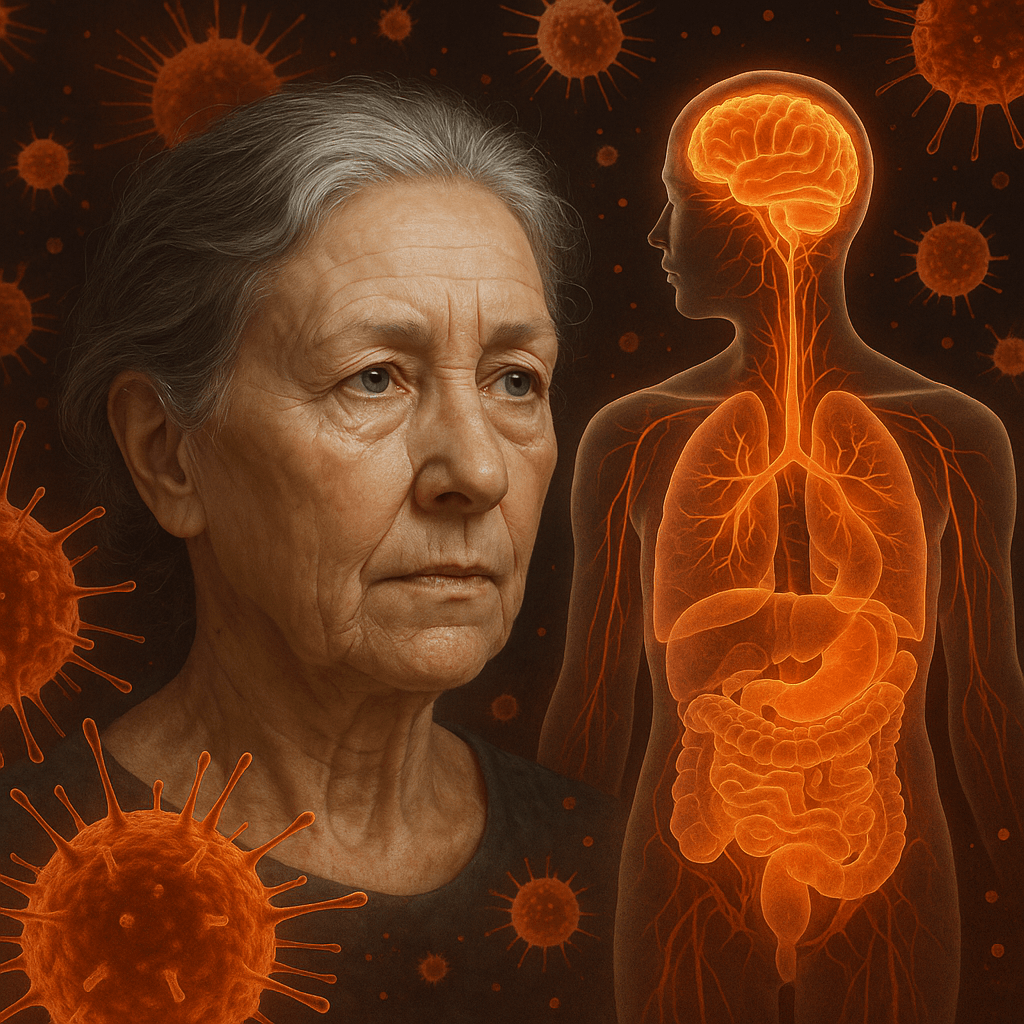Systemic inflammation—a low-grade, body-wide immune smoulder—rises with age and is now seen as a major engine of biological ageing. Gerontologist Claudio Franceschi first called this chronic state inflammaging in 2000 (PubMed).
Unlike the redness and swelling around a fresh cut, inflammaging is silent. Blood levels of interleukin-6 (IL-6), tumour-necrosis-factor-alpha (TNF-α) and C-reactive protein (CRP) inch upward decade by decade even in healthy adults (Sci Rep 2021), slowly damaging tissues and setting the stage for heart disease, diabetes, cancer and neuro-degeneration.
The good news? A handful of proven levers—regular movement, Mediterranean-style eating, strategic fasting, restorative sleep, stress mastery and targeted supplementation (e.g., omega-3s, curcumin, high-dose fisetin)—can dial those markers back down. This guide assembles the latest human data and hands-on tactics to help you do exactly that.
Video: Prof. Claudio Franceschi gives a 4-minute overview of “inflammaging” and why chronic, low-grade inflammation accelerates biological aging.
The Nature and Causes of Inflammaging
- Cellular debris – DNA damage, misfolded proteins and oxidised lipids build up, alerting the immune system.
- Senescent “zombie” cells – Old cells that refuse to die pump out inflammatory molecules (the SASP).
- Mitochondrial dysfunction – Worn-out powerhouses leak reactive oxygen species, amplifying stress signals.
- Gut-microbiome shifts – A thinner mucus layer plus “leaky gut” lets bacterial fragments into the bloodstream.
- Lifestyle inputs – Excess calories, inactivity, chronic stress, poor sleep and pollution add fuel.
Health Impact: Why Inflammaging Matters
- Cardiovascular disease – IL-6 and CRP predict coronary events better than LDL cholesterol (JACC Adv 2024).
- Type 2 diabetes & obesity – Low-grade inflammation blunts insulin signalling and drives visceral fat (Nature 2006).
- Neurodegeneration – Microglial priming and amyloid buildup accelerate when cytokines stay high (Nat Rev Neurosci 2015).
- Sarcopenia & osteoporosis – TNF-α speeds muscle breakdown and bone loss (Age 2013).
- Weakened immunity – Vaccines work less well; infections linger longer.
Measuring your baseline
Ask your doctor for a high-sensitivity CRP (hs-CRP) test—optimal is < 1 mg/L. Some clinics also offer IL-6 or TNF-α panels, but these are still mainly research tools.
Exercise: Nature’s Potent Anti-Inflammatory
A 2018 meta-analysis showed resistance training cut CRP by 0.6 mg/L in older adults (PubMed). A 2024 umbrella review confirmed similar drops for combined cardio + strength (Front Immunol 2024).
| Goal | Weekly Minimum Dose |
|---|---|
| Cardio | ≥ 150 min at moderate pace (brisk walk, swim, cycle) |
| Strength | 2 sessions hitting all major muscle groups |
| Flexibility / Mobility | Yoga, Pilates or dynamic stretching 2-3 × week |
| Optional HIIT | 20-min intervals, 1-2 × week for extra CRP drop |
Start gradually and consult a healthcare professional if you have medical conditions.
Food as Medicine: Anti-Inflammatory Nutrition
Core-plate model
| Half the plate | A quarter | A quarter | Extras |
|---|---|---|---|
| Colourful veg & fruit | High-fibre whole grains | Lean protein (fish, legumes) | Olive oil, nuts, herbs |
Star players
- Fatty fish – EPA/DHA push cytokines downward (PubMed).
- Berries & pomegranate – Polyphenols blunt NF-κB activation (PubMed).
- Leafy & cruciferous greens – Provide folate, magnesium and sulforaphane.
- Extra-virgin olive oil – Oleocanthal acts like a mild COX inhibitor (PubMed).
- Turmeric & ginger – Curcumin and gingerols lower IL-1β (PubMed).
- Green tea – EGCG dampens TNF-α and boosts autophagy (PubMed).
Limit ultra-processed snacks, refined sugars, industrial trans-fats and charred red meat.
Fisetin, NMN and Other Cutting-Edge Supplements
Experimental & Advanced Supplements
Senolytic flavonoids
• Fisetin – 1 g/day for two consecutive days each month cleared senescent cells in mouse studies; human frailty trials are recruiting.
• Quercetin (500 mg/day) sometimes paired with the Rx drug dasatinib; one pilot showed less adipose inflammation in elders.
NAD⁺ pathway boosters
• NMN or NR (250–500 mg) raise whole-blood NAD⁺ 20–40 %. Early RCTs report mild CRP reductions but long-term benefits remain unproven. Co-supplement TMG 500 mg to spare methyl groups.
Polyphenols & TCA intermediates
• Resveratrol (150–500 mg) yielded small IL-6/TNF-α drops in meta-analyses—strongest in type-2 diabetes.
• Ca-AKG (1 g twice daily) extended lifespan in mice and lowered “GlycanAge” in a 2023 pilot, but hard inflammation endpoints are pending.
Caution: Human data are early-stage; purity varies; consult a clinician, especially if on anticoagulants or cancer therapy.
Calorie Restriction and Intermittent Fasting
The two-year CALERIE-2 trial (~12 % calorie cut) lowered CRP and made immune glycans three years “younger” (Cell Metab 2020).
| Method | How it works | Human evidence |
|---|---|---|
| 16:8 TRE | Eat within an 8-h window daily | Lowers TNF-α in obesity (PubMed) |
| 5 : 2 Diet | Two 500-600 kcal days/week | Modest CRP dip after 12 weeks (PubMed) |
| 24-h fast, monthly | Water / unsweetened tea only | Boosts autophagy markers (pilot studies) |
Medical supervision is essential if you’re on medication, pregnant or managing chronic disease.
Sleep: Repair Mode for the Immune System
Seven to nine hours of quality sleep keeps cortisol in check and reins in CRP. A 2016 meta-analysis linked sleep disturbance to higher IL-6 and CRP (PubMed).
- Bedroom: dark, quiet, ~18 °C
- Screen-curfew 60 min before lights-out
- Same bedtime & wake-time all week
- Caffeine cut-off: 2 p.m.
- Wind-down ritual — reading, stretching, box breathing
Stress Management: Cooling the Cytokine Storm
Eight weeks of mindfulness-based stress reduction cut CRP and loneliness in older adults (Brain Behav Immun 2012). Combine:
- 10 min mindfulness meditation daily
- 4-7-8 or box-breathing drills
- Yoga or tai-chi (movement + parasympathetic tone)
- Weekly nature walks – “forest bathing” lowers cortisol
- Strong social connections and fulfilling hobbies
The Future of Anti-Aging: Direct Anti-Inflammatory Strategies
| Approach | Status | Key point |
|---|---|---|
| Metformin / rapamycin | TAME & PEARL trials recruiting (ClinicalTrials.gov) | Early data hint at lower IL-6; lifespan proof pending |
| Senolytics | Dasatinib + quercetin pilot cut senescent cells by 30 % (EBioMedicine 2019) | Larger trials under way |
| NAD⁺ boosters | Raise NAD⁺ 20-40 % in humans (npj Aging 2023) | Clinical impact still unclear |
| iAge clock | Predicts multimorbidity better than birthdays (Nat Aging 2021) | Could personalise therapies |
Recommended Products
Disclaimer: This post contains affiliate links. If you use these links to buy something, we may earn a commission at no extra cost to you. As an Amazon Associate we earn from qualifying purchases. Thank you for your support!
| Goal from this article | Product & link | Why this brand | Image |
|---|---|---|---|
| High-EPA/DHA fish oil | Nordic Naturals Ultimate Omega, 1280 mg EPA+DHA (120 soft-gels) | IFOS-certified; matches the 1–2 g dose used to lower IL-6/TNF-α. | 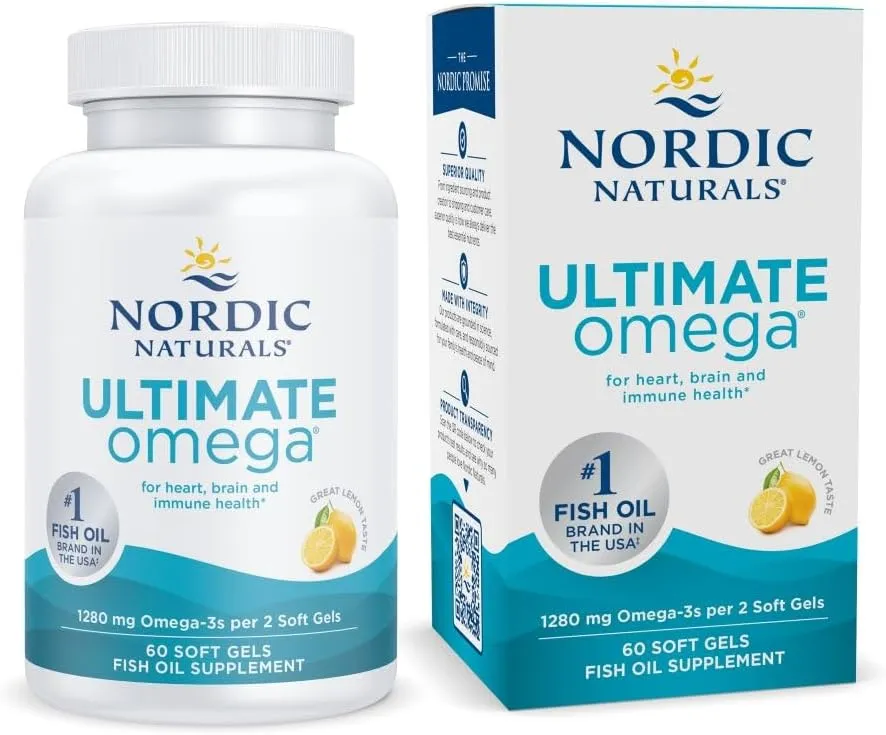 |
| Curcumin study dose | NOW Foods Turmeric Curcumin, 500 mg with black pepper (120 vcaps) | Delivers the 500–1000 mg/day used in the IL-1β/TNF-α RCT. | 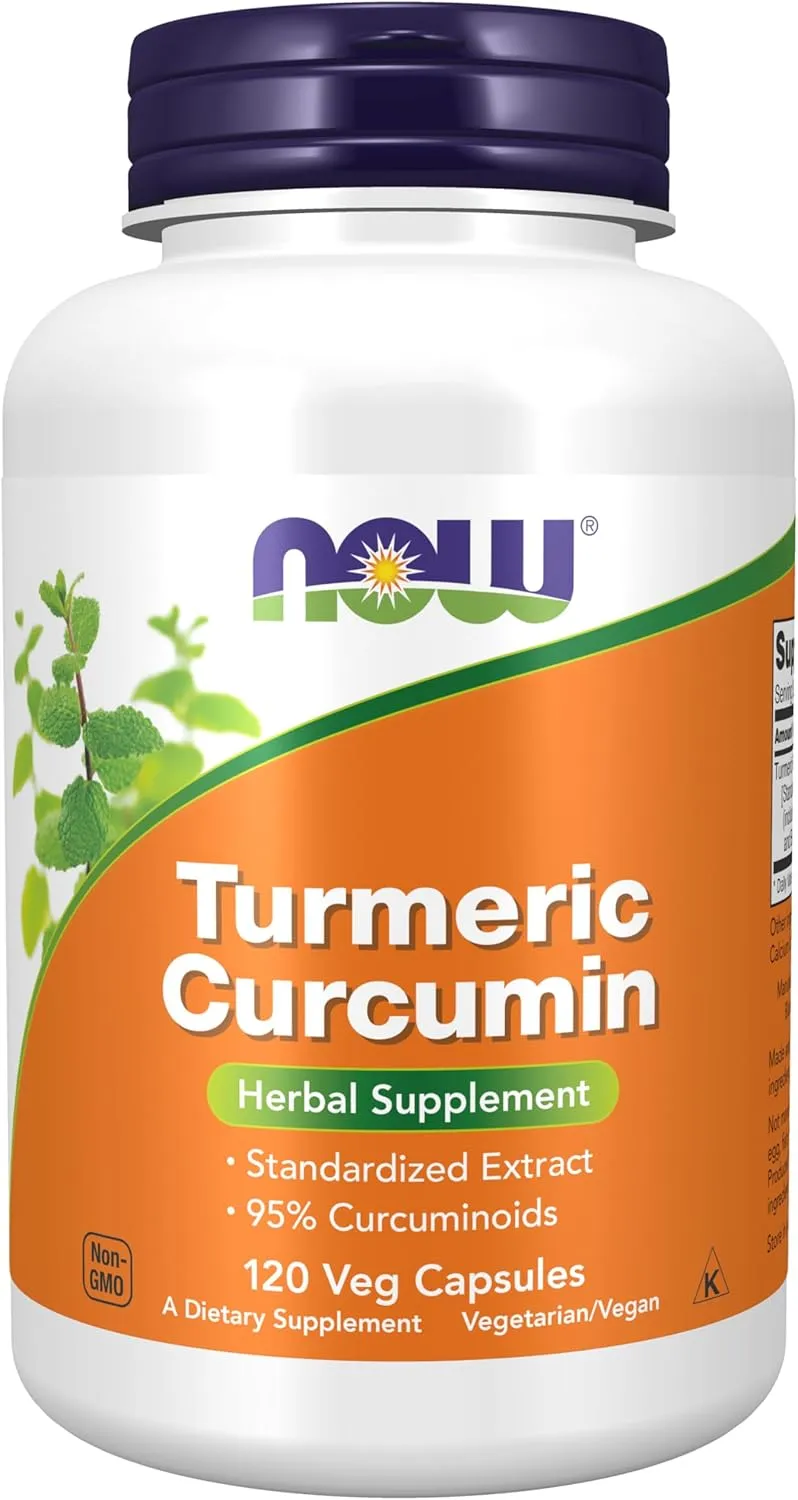 |
| Green-tea catechins | NOW Green Tea Extract, 400 mg EGCG (180 vcaps) | Provides ~300 mg EGCG — the meta-analysis dose that reduced TNF-α. | 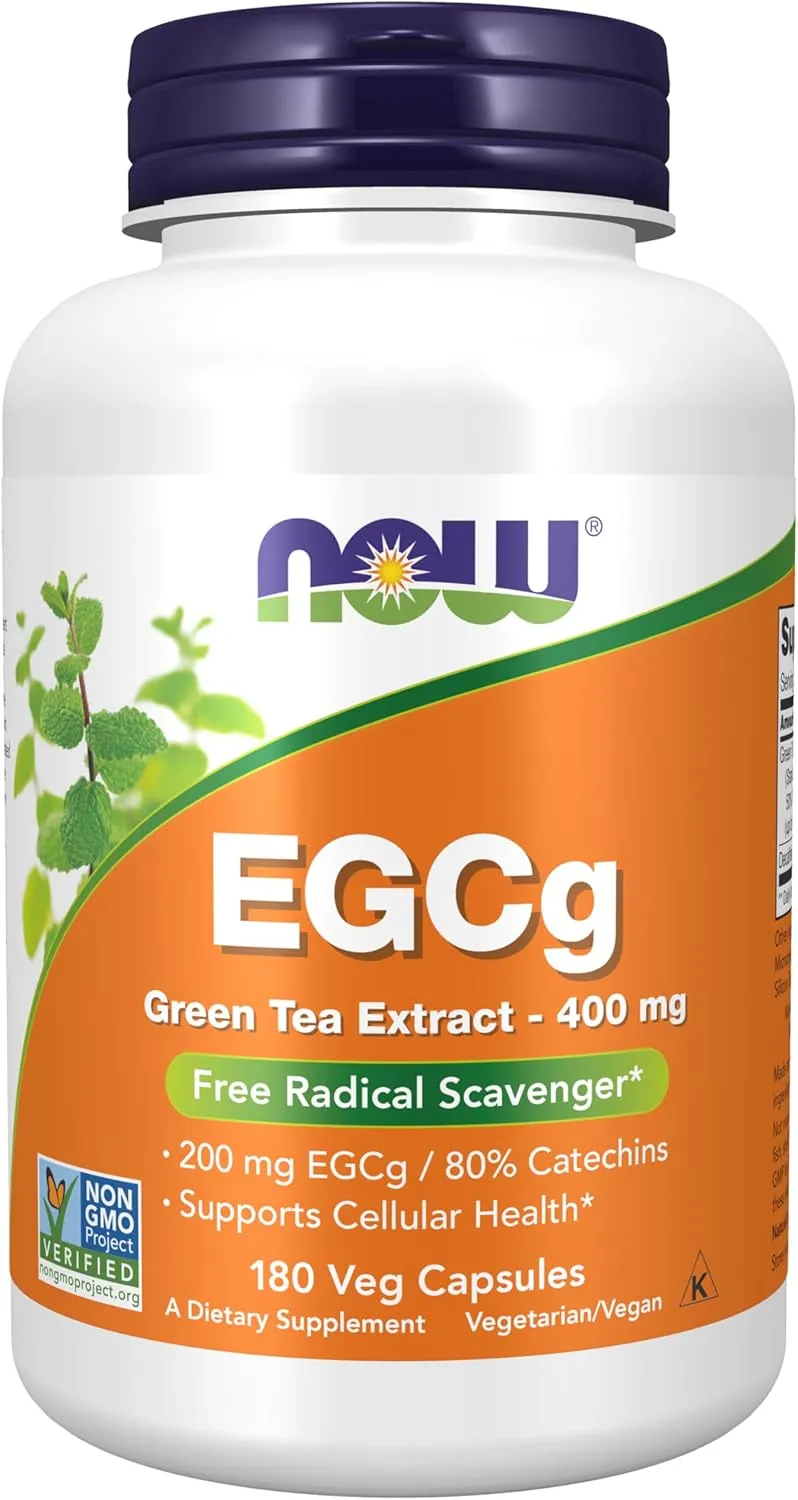 |
| NAD⁺ booster | Life Extension NAD⁺ Cell Regenerator + Resveratrol, 300 mg NR (30 caps) | Combines NR with polyphenol synergy; used in several 2023–24 RCTs. | 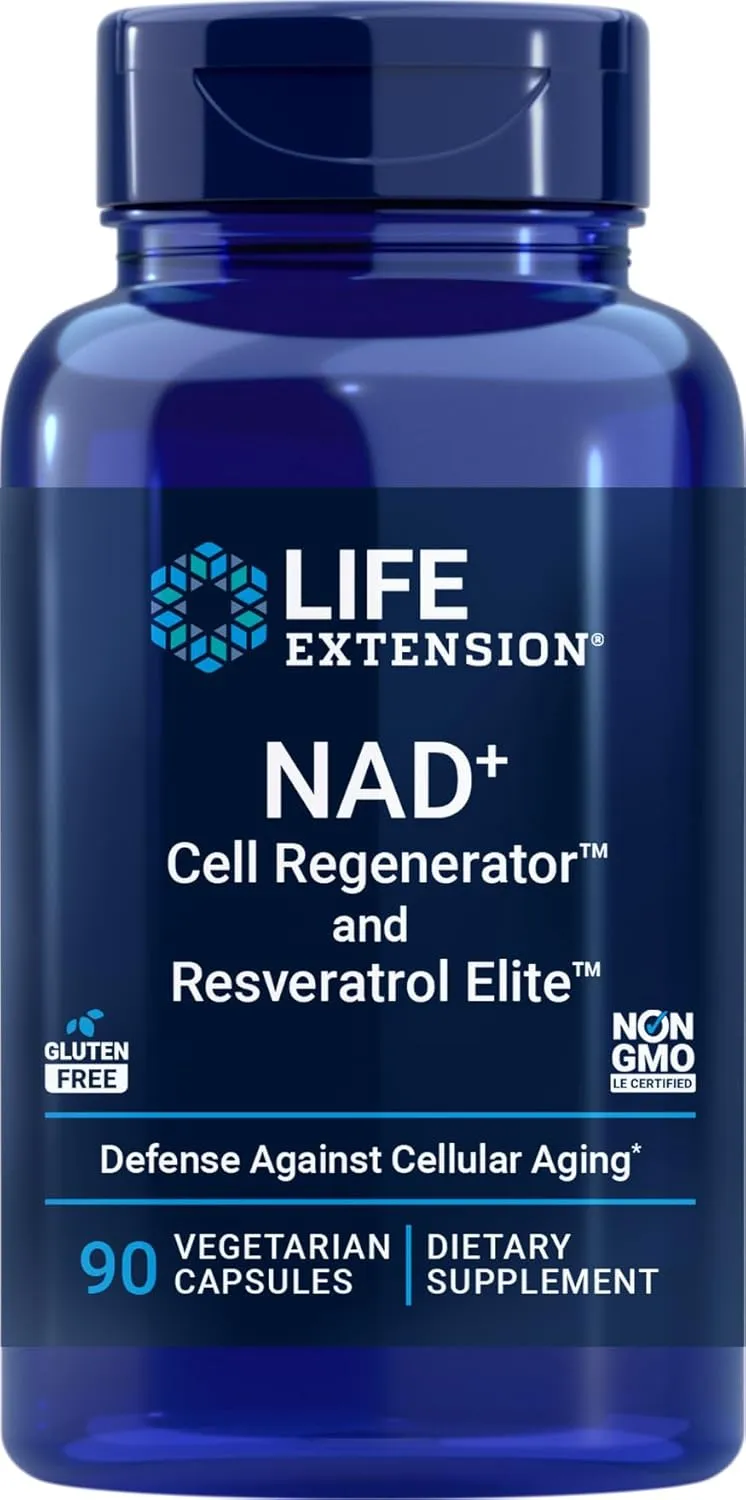 |
| High-dose fisetin (senolytic weekend) | Toniiq Fisetin 500 mg ≥95 % purity (60 caps) | Allows 1 g/day × 2 days protocol; third-party tested for >95 % purity. | 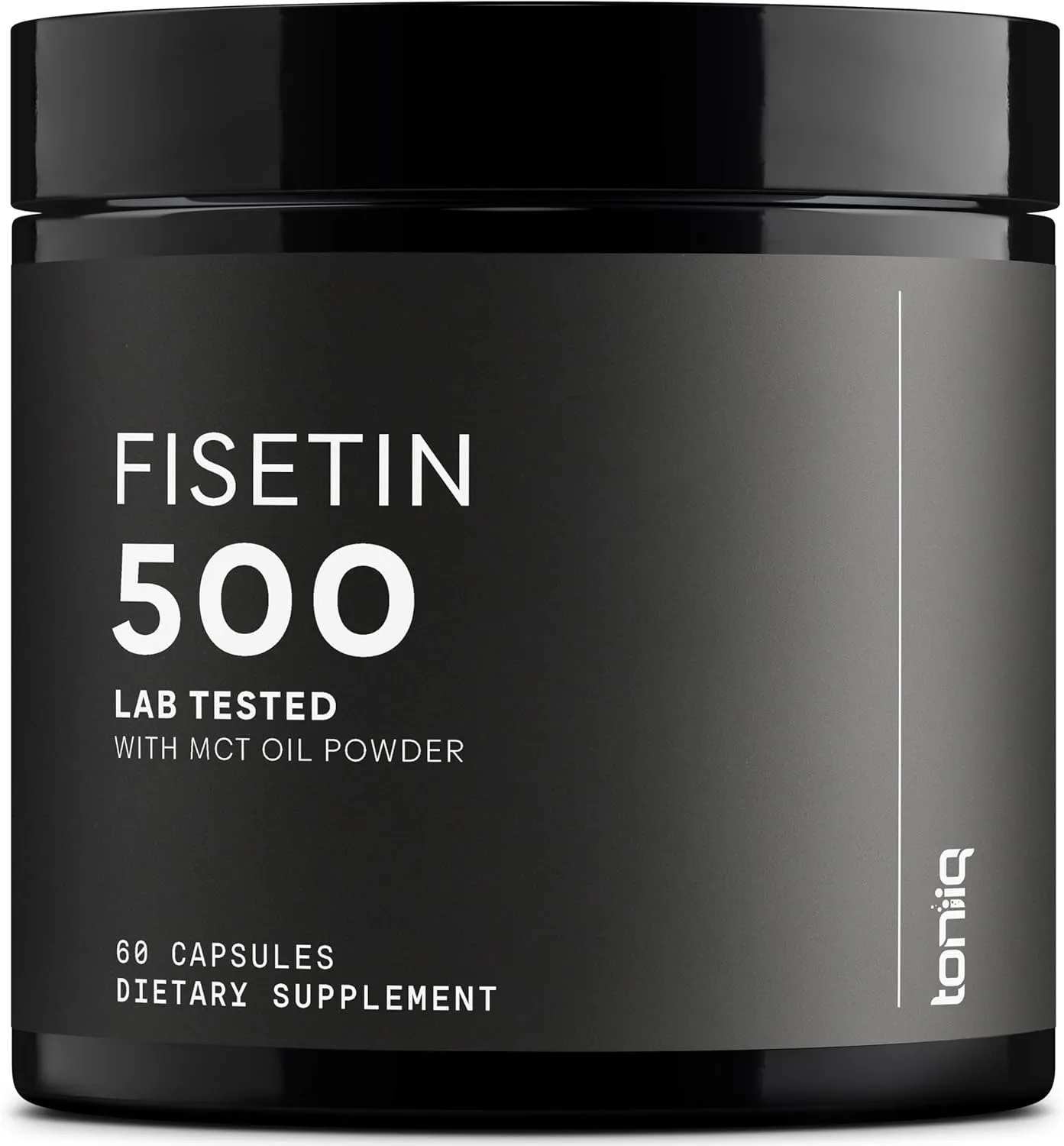 |
| Quercetin partner (senolytic weekend) | NOW Quercetin with Bromelain 400 mg + 165 mg bromelain (240 caps) | 800 mg tab gives 400 mg quercetin; bromelain enhances absorption; fits D+Q dosing. | 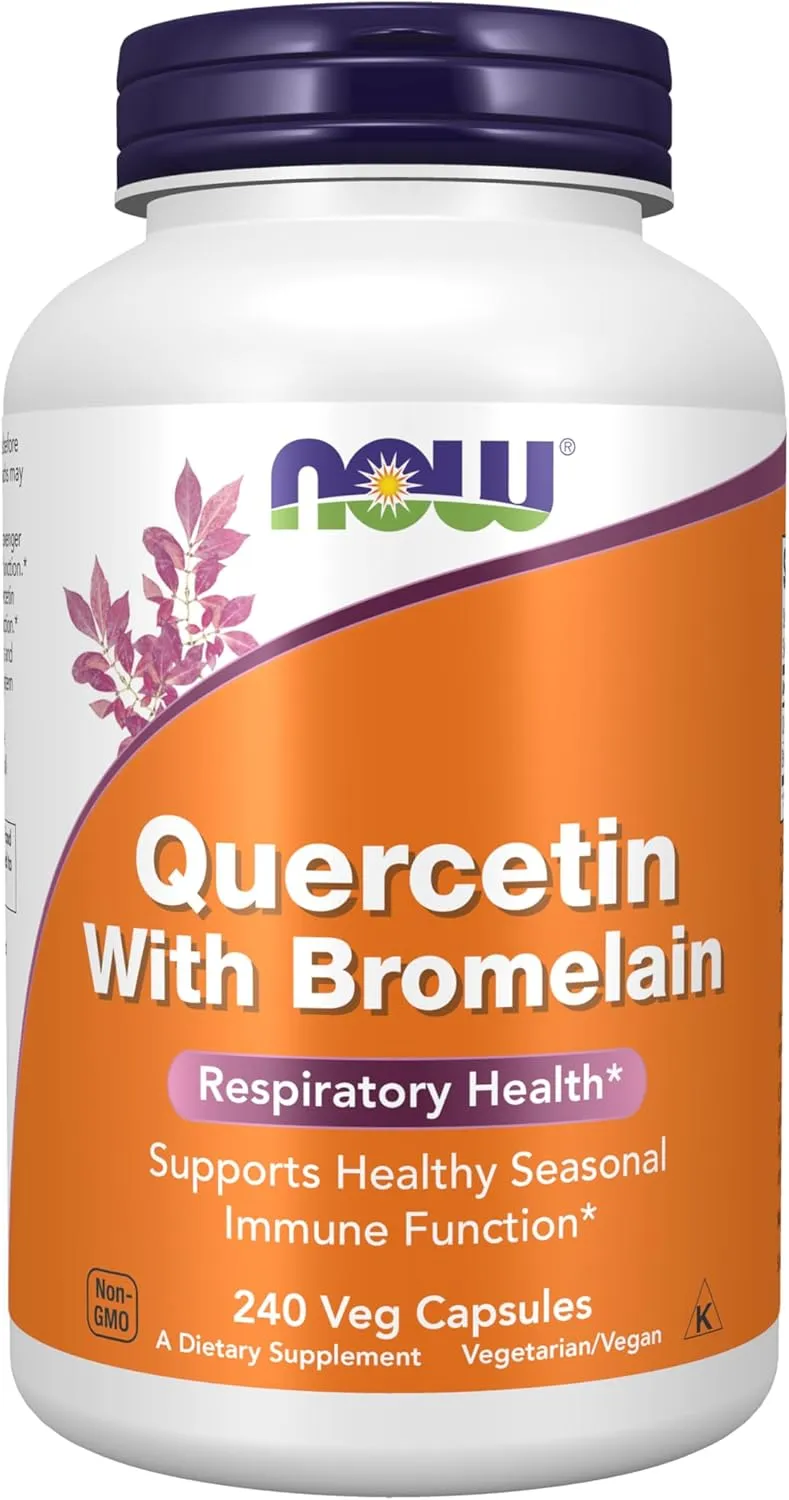 |
| Ca-AKG longevity pilot dose | Toniiq 1800mg Ultra High Purity Ca AKG Supplement (120 caps) | 3 caps = 1 800 mg (≈1 g BID) — the dose that shaved 8 yrs off GlycanAge in a 2023 pilot. | 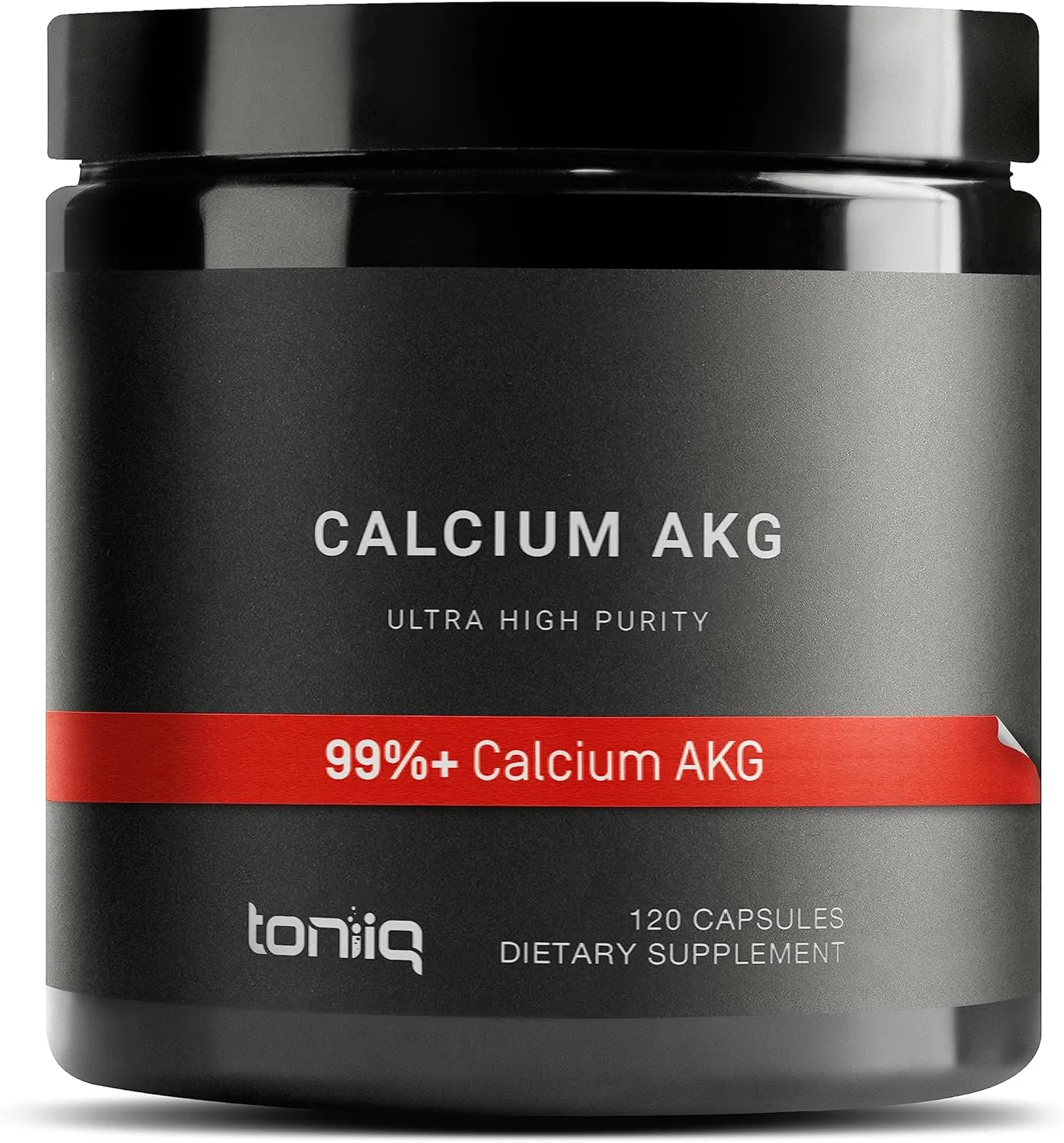 |
| Methyl support for NR/NMN | Life Extension TMG 500 mg (60 caps) | Covers the 500–1000 mg co-supplement used to spare methyl groups. |  |
A Holistic Blueprint
- Move daily—150 min cardio + 2 strength sessions.
- Eat Mediterranean: plants, fish, olive oil; skip ultra-processed food.
- Try safe fasting—start 12:12, work towards 16:8 if tolerated.
- Guard 7–9 h sleep.
- Practise a stress-reduction ritual every day.
- Stay socially & mentally active.
- Schedule regular medical check-ups (blood pressure, HbA1c, CRP).
- Discuss supplements (omega-3, vitamin D, curcumin) with your clinician.
- Avoid smoking, limit alcohol, maintain oral hygiene.
Key Takeaways
- Inflammaging is a silent but reversible driver of ageing.
- Exercise is the single most powerful evidence-backed way to lower IL-6 and CRP.
- Mediterranean eating plus strategic fasting reinforce the effect.
- Sleep and stress mastery are non-negotiable pillars.
- Experimental drugs show promise, but lifestyle remains the front-line cure.
Frequently Asked Questions
What is systemic inflammation?
A chronic, body-wide rise in IL-6, TNF-α and CRP that silently damages tissues and accelerates ageing.
Does diet really influence inflammaging?
Yes. Mediterranean eating cuts CRP up to 20 % in three months (NEJM 2018).
Is exercise effective if I’m already older?
Absolutely. Seniors starting brisk walking reduced IL-6 within ten weeks (PubMed).
How can I test my inflammation level?
Ask your doctor for a high-sensitivity C-reactive protein (hs-CRP) test—optimal is <1 mg/L. Some clinics also offer IL-6 or TNF-α panels, but they’re mostly used in research settings.
What are early warning signs of chronic inflammation?
Persistent fatigue, joint stiffness on waking, unexplained weight gain, “brain fog,” and recurring infections can signal low-grade inflammation—even when routine labs look normal.
How long before lifestyle changes lower CRP?
In most trials, CRP begins to fall within 8–12 weeks of consistent Mediterranean eating and ≥150 minutes of exercise per week.
Can supplements alone fix inflammaging?
No. Omega-3, curcumin or vitamin D can amplify results, but without movement, diet, sleep and stress control they deliver only small effect sizes.
